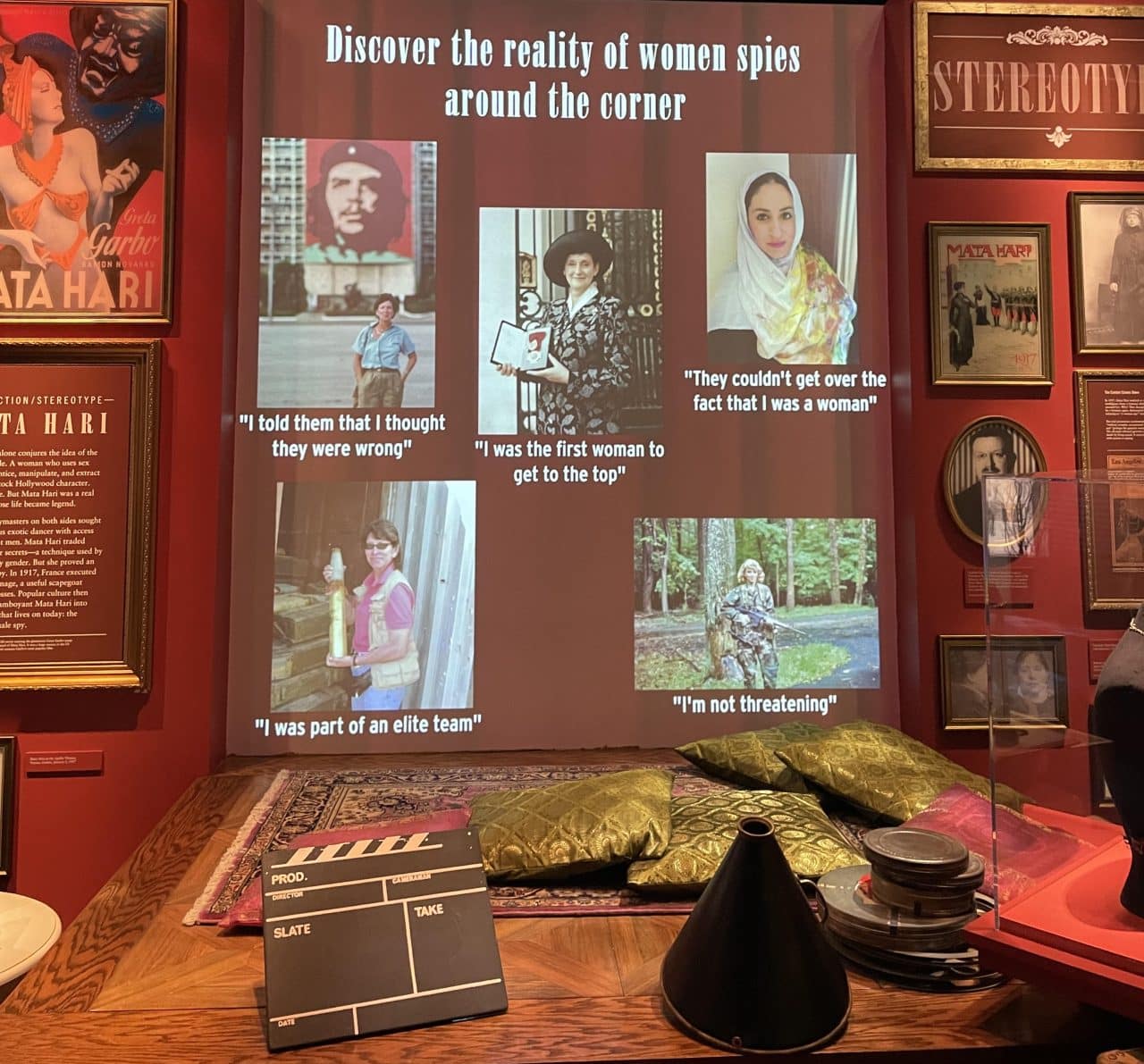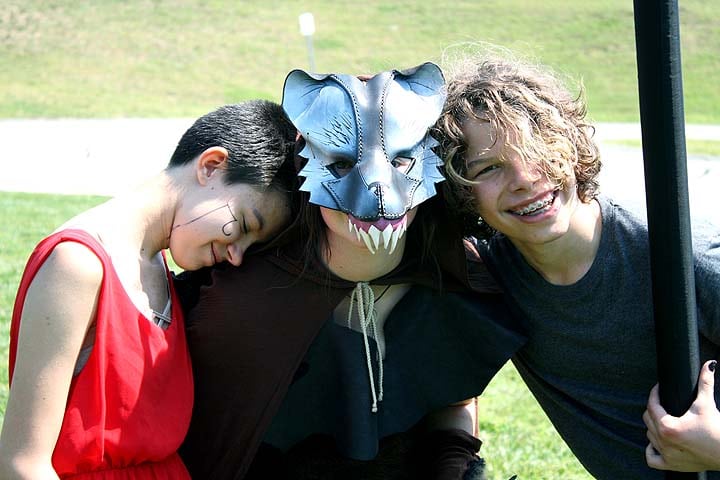In all of the work I have been doing with museums and science centers lately, I hear the same concerns over and over again: How do I add more engagement to my existing exhibits without breaking the bank on new tech or hiring more staff? History museums in particular face this obstacle.
Well good news! I’ve got some ideas listed below that can solve your concerns and NOT bust your budget.
1. Hands-On Replicas and Artifacts
Provide replicas of historical artifacts allowing visitors to physically handle and examine items up close, offering a tangible connection to the past. This approach makes the historical experience more relatable and less abstract, inspiring a deeper understanding and curiosity.
2. Interactive Boards and Flip Panels
Adding interactive boards or flip panels to the exhibits can encourage visitors to actively participate in their learning experience. These can include questions, puzzles, or hidden information that visitors can uncover, which adds an element of discovery and engagement without needing digital technology.
3. Static Clue-Based Scavenger Hunts
Create a scavenger hunt that visitors can engage with at their own pace which encourages exploration and attention to detail. Providing clues or questions that lead visitors through the exhibits can turn a visit into an adventure, making learning fun and memorable.
4. Storytelling Through Letters and Diaries
Incorporating facsimiles of letters, diaries, or historical documents within displays allows visitors in history museums to explore personal stories and perspectives from the past. This method helps humanize historical figures and events, creating emotional connections without the need for digital aids or live performances.
5. Thematic Pathways
Design thematic pathways through the museum that guide visitors on a journey through specific topics or eras. By organizing exhibits around exciting themes and providing clear, engaging signage, your museum can offer structured yet self-guided tours that cater to varied interests.
6. Question and Reflection Prompts
Place thought-provoking questions or reflection prompts throughout the exhibits which encourage visitors to think critically about what they are seeing and how it relates to their own lives or contemporary issues. This strategy creates personal connection and deeper engagement with the content.
7. Interactive Maps and Timelines
Large, printed maps or timelines with movable markers let your visitors track historical movements, events, or developments. This hands-on approach helps visitors understand the scope and scale of historical events in a tangible way.
8. Role-Playing or Persona Cards
Offer visitors the chance to adopt an historical persona or a role when they enter the museum and engage with the exhibit through the eyes of that persona. This adds a layer of immersion through the use of the visitor’s own imagination.
9. Feedback Walls or Comment Books
Encourage your visitors to leave their thoughts, reflections, or answers to specific questions on a feedback wall or in a comment book. This allows them to contribute to the collective museum experience. It can also provide a sense of community and shared discovery, as well as provide valuable feedback for the museum.
10. DIY Craft or Activity Stations
Set up activity stations where visitors can engage in historical crafts or activities at their own pace allows for hands-on learning without the need for digital technology or additional staff. These stations can include simple instructions and materials for activities relevant to the museum’s theme, such as making mini catapults (with soft projectiles, of course) in a medieval exhibit.
By adding these low or no-tech and low staff solutions, history museums can create more engaging and interactive exhibits that enhance the visitor experience by encouraging active participation, personal reflection, and hands-on learning. Give one of these ideas a try (or let us know if you need help) and help make history accessible and engaging for all ages.
Guardian Adventures provides immersive and interactive elements consulting and program development for museum and science centers, summer camps, amusement & attraction industries, and more.



